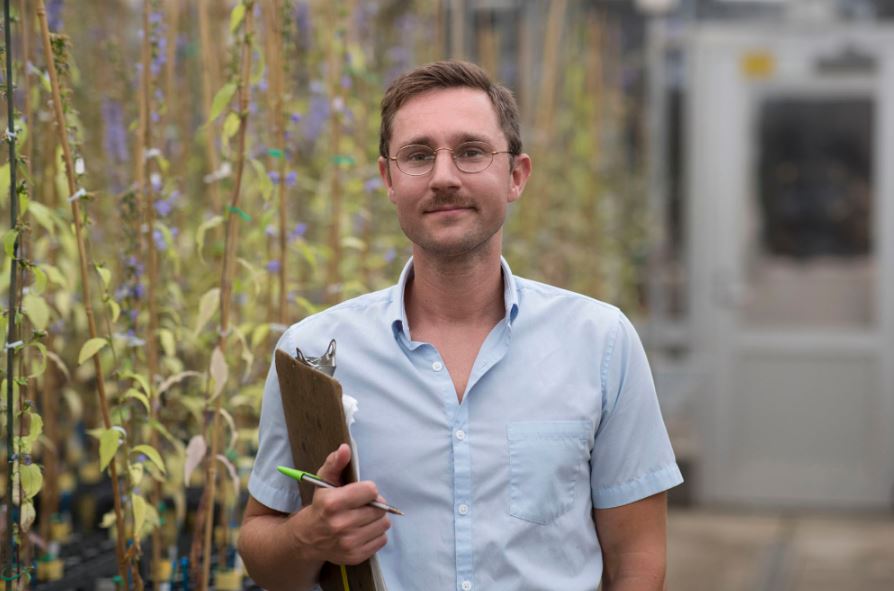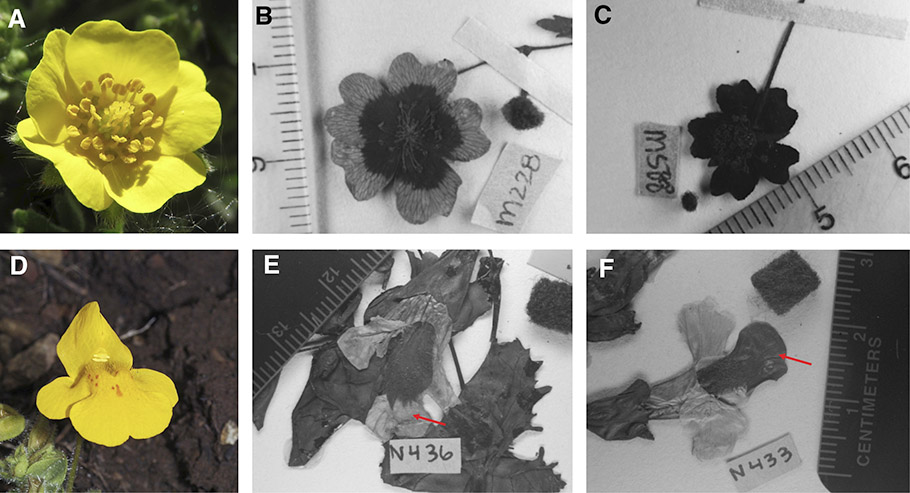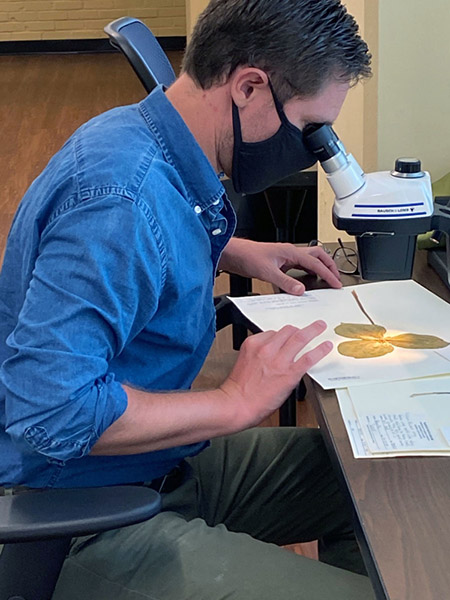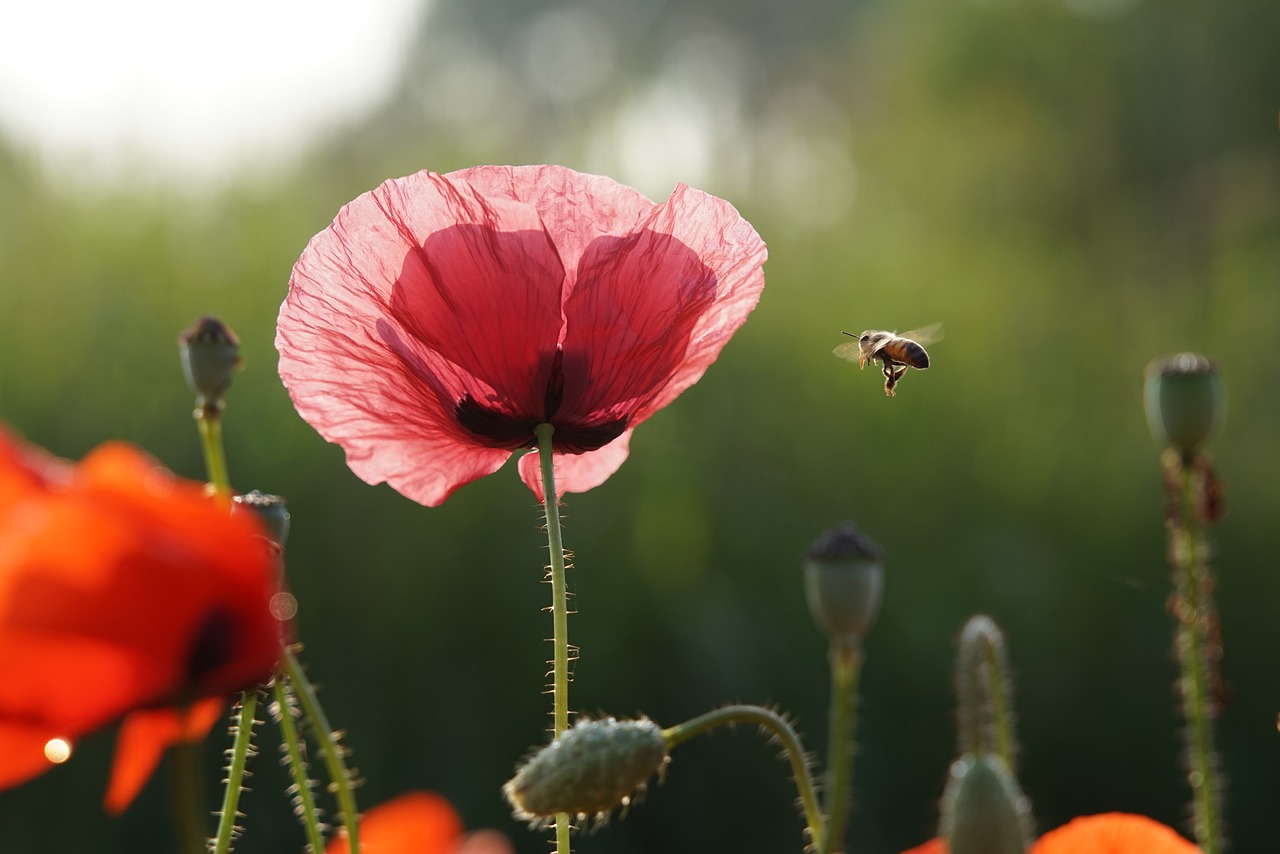
- Home
- India
- World
- Premium
- THE FEDERAL SPECIAL
- Analysis
- States
- Perspective
- Videos
- Sports
- Education
- Entertainment
- Elections
- Features
- Health
- Business
- Series
- In memoriam: Sheikh Mujibur Rahman
- Bishnoi's Men
- NEET TANGLE
- Economy Series
- Earth Day
- Kashmir’s Frozen Turbulence
- India@75
- The legend of Ramjanmabhoomi
- Liberalisation@30
- How to tame a dragon
- Celebrating biodiversity
- Farm Matters
- 50 days of solitude
- Bringing Migrants Home
- Budget 2020
- Jharkhand Votes
- The Federal Investigates
- The Federal Impact
- Vanishing Sand
- Gandhi @ 150
- Andhra Today
- Field report
- Operation Gulmarg
- Pandemic @1 Mn in India
- The Federal Year-End
- The Zero Year
- Science
- Brand studio
- Newsletter
- Elections 2024
- Events
- Home
- IndiaIndia
- World
- Analysis
- StatesStates
- PerspectivePerspective
- VideosVideos
- Sports
- Education
- Entertainment
- ElectionsElections
- Features
- Health
- BusinessBusiness
- Premium
- Loading...
Premium - Events

Flowers they’re a-changin’. No, it’s not Bob Dylan song but climate change
Over the last 75 years, the colour of flowers has changed in response to the increasing temperature and shrinking ozone layers.

Over the last 75 years, the colour of flowers has changed in response to the increasing temperature and shrinking ozone layers, a recent study has found. Global warming has increased the ambient temperature, and the depletion of the ozone layer has resulted in increased ultraviolet (UV) radiation reaching the Earth’s surface. The plants have responded to these changes by altering the amount...
Over the last 75 years, the colour of flowers has changed in response to the increasing temperature and shrinking ozone layers, a recent study has found.
Global warming has increased the ambient temperature, and the depletion of the ozone layer has resulted in increased ultraviolet (UV) radiation reaching the Earth’s surface. The plants have responded to these changes by altering the amount of the ultraviolet (UV) pigment in flower petals.
“We found that some species increased in pigmentation over time, but some showed little change or even declined in pigmentation over time,” says Matthew Koski, the lead researcher of the study and a plant ecologist at Clemson University.
The paper’s other authors are Drew MacQueen of the University of Virginia and Tia-Lynn Ashman of the University of Pittsburgh.
Petal colour and flower temperature
The colours of the flower’s petal not only attract the pollinators but also help regulate the temperature. At the bosom of the flowers are sensitive parts, pollens and anthers, crucial for plant reproduction.
Just as we feel comfortable in light colours during summer and dark in winter, the pigments in petals help control the temperature of the interior.
The flowers of Dotted Gentian (Gentiana leucomelaena -Gentianaceae), comes in two colours — white and blue. In a study conducted in Tibet, it was found that the white flowers were more likely to be associated with low temperature than blue flowers.
White flowers can reflect the sunlight and make the interior warmer. Hence, when the ambient temperature is higher, as against blue flowers, the white ones open later and close earlier in the day.
As such, the proportion of white-flowered plants was more than blue-flowered plants during the colder early flowering season. As the season became warmer, the blue-flowered frequency increased rapidly until the end of the flowering season.

Different colour pigments absorb and reflect distinct regions of the light spectrum. For example, at a given ambient temperature, light-coloured petals absorb short wavelengths, such as UV rays more efficiently than dark ones. Hence the interior structures of white flowers are usually warmer than yellow flowers.
As the ozone layer decreased in the past decades, more UV light reached the surface. Koski and his team decided to check if this had any impact on the colours of the flowers.
“UV increased dramatically during the 1900s. We wanted to test how that impacted floral UV pigmentation. Since pigmentation of flowers has been linked with thermoregulation in many systems, we thought it would be important to additionally test how temperature change impacted floral pigmentation,” says Koski.
UV rays
The rays emitted by Sun scatters in all directions, and a large part of the solar radiation that reaches the Earth arrive as visible light, ultraviolet light, infrared, radio waves, X-rays, and gamma rays. The Earth’s atmosphere acts like a colander and filters out many of these radiations that are harmful to life, such as X-rays and gamma rays.
The visible light range is between 400-700 nanometre in wavelength. UV light coming from the Sun ranges from 100-380 nanometre and is subdivided into three areas — UV-A (320-400 nanometre), UV-B (280-320 nm) and UV-C (100-280 nm).
In moderate amounts, the UV-A is essential for the formation of Vitamin D by the human skin. However, the same radiation at higher doses can cause sunburn, cataracts and even skin cancer.
The shorter wavelengths, 290-320 nanometre, called UV-B, is much more deadly. The human DNA readily absorbs UV-B radiation, and the shape of the vital molecule is distorted, resulting in its malfunction or cell death.
UV-C is completely absorbed by the atmosphere, and almost no trace reaches the surface of the Earth.
A typical oxygen molecule has two oxygen atoms (O2), while ozone (O3), a special type, has three oxygen atoms. Comparatively, ozone is abundant in the stratosphere, which is the layer of the atmosphere between 10 km and 50 km altitude.
Ozone (O3) molecules absorb the UV-B part of the solar radiation, breaking itself into an oxygen molecule (O2) and a separate oxygen atom (O). Energised by UV-C, an oxygen molecule combines with a free oxygen atom to form ozone once again.
Thus, in the stratosphere, ozone is continuously produced and destroyed by absorbing perilous UV-B and UV-C rays. Only UV-A radiation seeps through this layer to the ground.
In small doses, UV radiation gives a nice tan to the skin, but in excessive amounts, it can be dangerous. Not only humans, even animals and plants are adversely affected by excess UV rays.
Ozone hole
There are only about 3 molecules of ozone for every 10 million molecules of air. Yet the stratospheric ozone acts like a sponge, absorbing about 98% of this harmful UV rays, more like a sunscreen for the Earth.
While the UV-B destroys the ozone molecule and the UV-C creates it, the amount of ozone more or less remains in a dynamical equilibrium.

Chemicals known as ozone-depleting substances (ODS), such as chlorofluorocarbons (CFCs), used by humans as refrigerants to propellants upset this finely balanced apple cart. These gases deplete the ozone in the stratospheric layer, thereby increasing the amount of UV radiation reaching the ground.
The harmful effect and the depletion of the ozone levels have been visible since the 1980s. Alarmed at the potential threat, the whole world came together to agree upon the Montreal Protocol on Substances that Deplete the Ozone Layer in 1987, the only treaty signed by all the 197 countries of the United Nations, so far.
Under this treaty, production and consumption of nearly 100 human-made chemicals referred to as ozone-depleting substances (ODS) are regulated and banned.
After three decades, the effects of the Montreal Protocol are encouraging. The ozone layer is appearing to be healing. However, it will be decades before the complete recovery is possible.
It takes about two years for the CFCs released from the ground to diffuse while moving upwards to the stratosphere. Once they reach the ozone layer, it takes decades before the CFCs are converted by solar radiation into a form that can destroy ozone.
Even after the CFC molecule is transformed into a way that can destroy ozone, it can linger for a few years. Moreover, a single chlorine atom from CFCs destroy thousands of ozone molecules, before they are washed to the ground in the form of hydrochloric acid.
The study
Just like the sunlight, the amount of ambient UV light is not the same around the globe. Closer to the equatorial region, the ambient UV radiation is higher as compared to poles, north pole and south pole. It is also higher on mountains than the plains.
Flowers have evolved to manage these variations. In his earlier study, Koski had found that flowers of the same species that grow near the equator and the poles show significant variation in the UV pigmentation.
The human-induced increase in UV radiation is also uneven. It has gone up by some 6% on average since 1979. In contrast to the natural ambient UV light, the increase is most marked in mid-and-high altitudes, with little or no growth in tropical regions.
How do flowers respond to this altered ambient UV light?
“One main driver of our research was previous work that we’ve done that showed populations and species of flowering plants that inhabit areas of higher ambient UV light also have elevated UV-absorption on their flowers,” says Koski.

The researchers compared the flowers that bloomed about 75 years ago with the flowers of the same species now. They found that UV pigmentation went up by an average of 2% per year from 1941 to 2017.
To understand the impact of ozone levels and global warming, one needs to compare the pigments of flower that bloomed many decades ago with the pigment of flower now at the same geographical location. How do you get your hand on a flower that blossomed years ago? The dried pressed plant specimens from herbariums came handy.
Koski and colleagues travelled to North America, Europe, and Australia and collected samples dating back to 1941 from various herbariums.
“Herbarium specimen contain extremely important phenotypic and genetic data that we can use to test important ecological and evolutionary hypotheses. Articles dating back to the 1980s discovered that UV images could capture floral UV pigmentation on pressed specimens, so we used that technique for this project,” he says.
Using a UV-sensitive camera, they photographed flower petals from the same species collected at different times. They also collected flowers of the same species from the same spots from which the herbarium specimens were collected. In all, they examined 1,238 flowers from 42 different species. They measured the levels of the UV pigment in each of these samples.
The result was puzzling. “We found that some species increased in pigmentation over time, but some showed little change, or even declined,” Koski says.
If the flowers are responding to enhanced UV light, then all the species must show an increase in the UV pigment, which act like sunscreen. Why does the UV pigment decrease in some species?
The researchers understood that ozone levels are not the only driving force. Climate change may also have a role to play in the alteration of the UV pigment levels.
“To understand why species differed in their responses to global change, we looked at the amount of ozone and temperature change experienced by each species over time,” says Koski.
They collected data on the ambient UV light and the temperature at each of these locations and compared the data.
In general, the UV pigment increased in saucer-shaped flowers, such as a daisy. In contrast, the UV pigment decreased in flowers shaped like trumpet or funnel.
“In saucer-shaped flowers, the pollen is exposed to ambient UV light when the petals are open. In funnel-shaped flowers, anthers are tucked within the flower and are already largely protected from UV light when the flower is open,” Koski explains.
And further, “because increased UV-absorbing pigmentation protects from pollen degradation in saucer-shaped flowers, we hypothesised that ozone would drive pigmentation variation in saucer-shaped flowers,” he says.
In contrast, in flowers shaped like trumpet or funnel, the pollens are shielded from the harmful UV radiation. “Increased pigmentation captures more solar radiation and can turn that into heat. Hence, higher pigmentation in these flowers could lead to pollen overheating,” notes Koski.
Such flowers responded more to the increasing temperature, shed some of its UV pigmentation, to keep its interiors cool. In such flowers, the UV pigments have decreased in response to the rising temperature.

Cause for alarm
The latest UN Environment Programme Scientific Assessment of Ozone Depletion, issued in 2018, concluded that the ozone layer was on the path of recovery and would likely return to pre-1980 ozone values over Antarctica by 2060.
And climate change appears to be a runaway train. The continuing effect of ozone depletion and unabated global warming is sure to drive changes in the flower pigmentation for some years to come.
UV rays are invisible to our eyes but are crucial for insect vision. Just as bright, colourful flowers attract our attention, many flowers have UV patterns, invisible to humans but visible to insects such as honeybees.
These patterns are predominantly found on the “facial” surface of the flower, where the pollinators make their landing. The UV patterns are unique to the species, which makes each flower distinct and memorable to the pollinator.
As climate change continues to intensify, changes in flower colour can disrupt plant-pollinator interactions. When the UV pigmentation increases the flowers loose contrast and may possibly be less appealing to the pollinators as compared to the flowers that had little change or no change.
“A number of crop species have UV-absorbing floral patterns that are important for pollinator visitation and orientation to floral rewards. Thus, if ozone change is impacting pigmentation in crops, we could see altered production if pollinator interactions are impacted,” says Koski.
Is a flower with more UV pigment really less appealing to pollinators, or have pollinators too co-evolved with the flowers? Are the changes noticed in the UV pigmentation over the last few decades a permanent feature of evolution, or is it a temporary strategy of the plant to face the stress? Are the changes occurring only in UV pigments or also in the human-visible spectrum? Some of these questions are yet to be fathomed.
“We’re currently working out whether temporal change in UV pigmentation of flowers is driven by rapid adaptation or whether acclimation to elevated UV is the primary driver of temporal change. My lab is also working on understanding how UV light impacts pollinator foraging behaviour,” says Koski.
